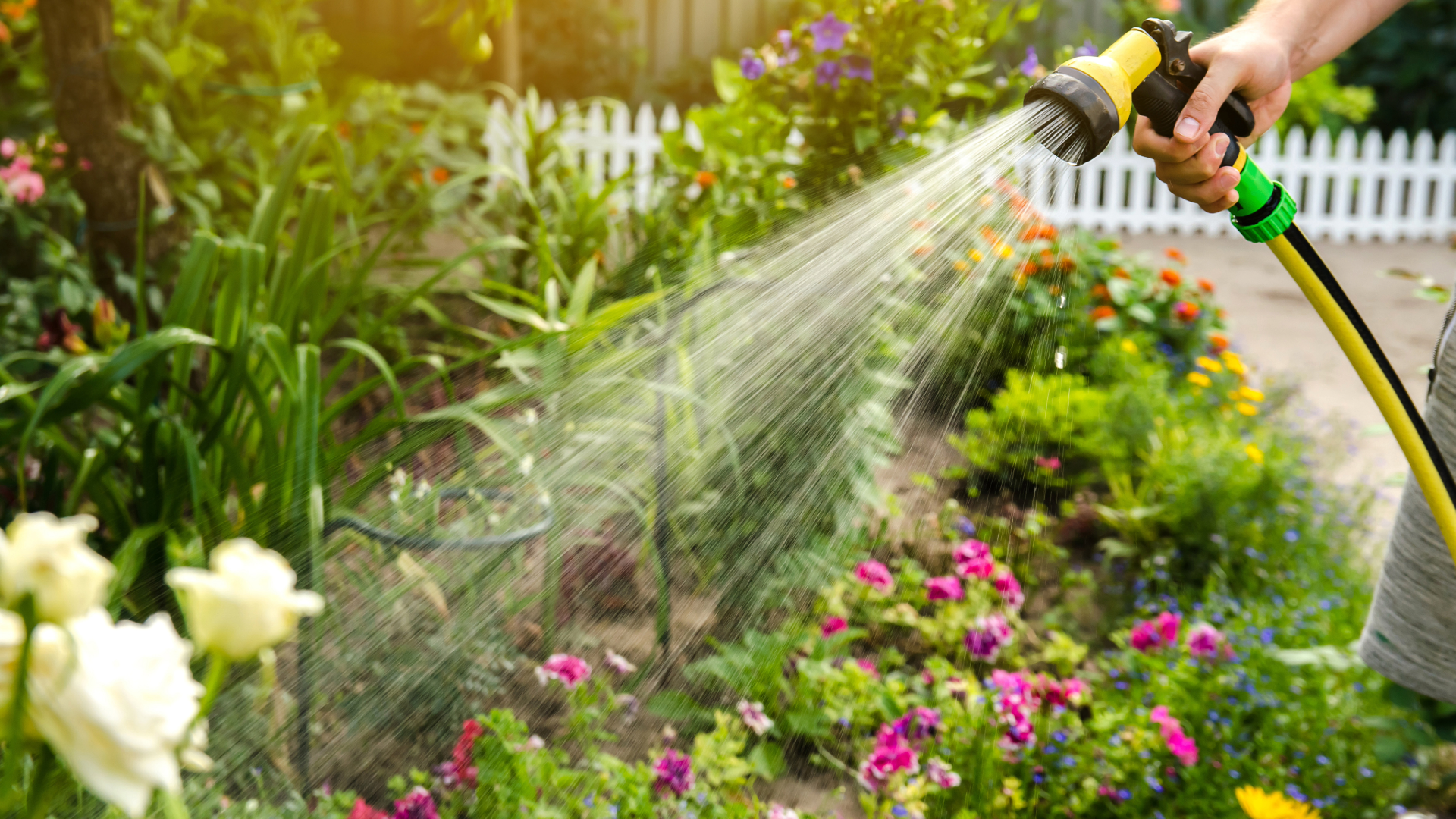
 By Matt Murdock, Area Manager
By Matt Murdock, Area Manager
We face a unique set of challenges when maintaining outdoor spaces during the hot summer months. From scorching heat to weed invasion, understanding and addressing these issues is essential for ensuring that landscapes remain healthy, vibrant, and visually appealing. Here are some common problems we encounter and some strategies to overcome them:
Watering Woes: Plants, just like people, need the right amount of water to be healthy and to thrive, but this can be a significant challenge during summer. When temperatures are higher, evaporation rates increase resulting in landscapes that can quickly dry out, leading to stressed turf, wilted flowers, and parched shrubs. To combat this issue, it is important to closely monitor and adjust irrigation systems, monitor soil moisture levels regularly, and adjust hand-watering as needed.
A thriving summer landscape begins with thoughtful plant selection. Whether installing new plants or renovating an existing area, choose varieties based on their drought tolerance, regional suitability, and light requirements. Focus on native plants first, as they are typically the most adapted to your local conditions. This approach can help reduce water consumption and minimize water-related issues.
Heat Stress: Extreme heat can take a toll on plants, causing wilting, leaf scorch, and even death if left unmitigated. There are several proactive measures to protect plants from heat stress, such as:
- Mulching to conserve soil moisture and reduce soil temperature.
- Avoiding excessive fertilization, which can exacerbate heat-related damage. Be sure to read the label before applying fertilizer, especially in hot, dry conditions.
- Proper pruning can help improve air circulation and reduce heat buildup in landscaped areas.
- Making appropriate plant selections before install
Weed Invasion: Weeds are not just unsightly—they can quickly take over landscaped areas if left uncontrolled, competing with desirable plants for water, nutrients, and sunlight. To combat weed invasion, create and implement a comprehensive weed management plan that includes regular weed monitoring, timely removal of weeds by hand pulling or with mechanical tools, and the use of mulch or ground cover to suppress weed growth. Pre-emergent herbicides can also be applied strategically to prevent weed seeds from germinating and establishing in landscaped areas. Ultimately, a weed is just a plant out of place, and if growing too close to a desirable plant, it will compete for nutrients and one of the plants will suffer.
With proactive planning, diligent monitoring, and strategic management practices, the challenges of summer can be mitigated to create thriving, inviting green spaces for everyone to enjoy throughout the year.